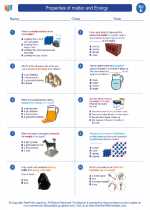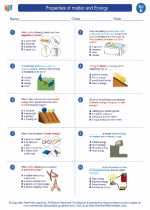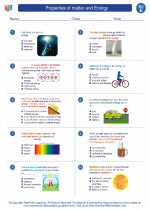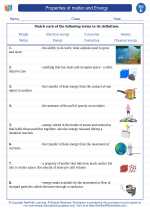Properties of matter and Energy -> pond
The Pond Ecosystem
A pond is a small, shallow body of water that is typically found in a natural environment. Ponds are home to a wide variety of plants and animals, and they form complex ecosystems that are important for the environment.
Pond Structure
Ponds can vary in size and depth, but they are generally smaller and shallower than lakes. They are often formed by the natural accumulation of rainwater or by the melting of glaciers. Ponds can have different zones, including the littoral zone (shallow water near the shore), the limnetic zone (open water area), and the benthic zone (bottom of the pond).
Pond Plants
Plants play a crucial role in pond ecosystems. They provide oxygen, food, and shelter for many organisms. Common pond plants include algae, water lilies, cattails, and various types of submerged and floating plants.
Pond Animals
Ponds support a diverse range of animal life, including fish, amphibians, insects, and birds. Fish such as carp, bass, and catfish are commonly found in ponds, while amphibians like frogs and salamanders rely on ponds for breeding. Insects such as dragonflies, mosquitoes, and water beetles are also abundant in pond ecosystems.
Pond Food Chain
The pond food chain is a complex network of interactions between organisms. Algae and plants are the primary producers in the pond, providing food for herbivorous animals such as snails and tadpoles. These herbivores, in turn, are consumed by predators like fish, birds, and dragonflies, forming a complete food chain within the pond ecosystem.
Pond Conservation
Due to human activities such as pollution and habitat destruction, many ponds around the world are under threat. Conservation efforts are important to protect these valuable ecosystems and the plants and animals that depend on them for survival.
Study Guide: Pond Ecosystem
- What is a pond and how does it differ from a lake?
- Describe the different zones found in a pond.
- Explain the role of plants in a pond ecosystem.
- Identify three common animals found in pond ecosystems and describe their adaptations to this environment.
- Draw and label a simple food chain that could exist in a pond ecosystem.
- Discuss the importance of conservation efforts for pond ecosystems.
[Pond] Related Worksheets and Study Guides:
.◂Science Worksheets and Study Guides Fifth Grade. Properties of matter and Energy

 Worksheet/Answer key
Worksheet/Answer key
 Worksheet/Answer key
Worksheet/Answer key
 Worksheet/Answer key
Worksheet/Answer key
 Vocabulary/Answer key
Vocabulary/Answer key
 Vocabulary/Answer key
Vocabulary/Answer key
